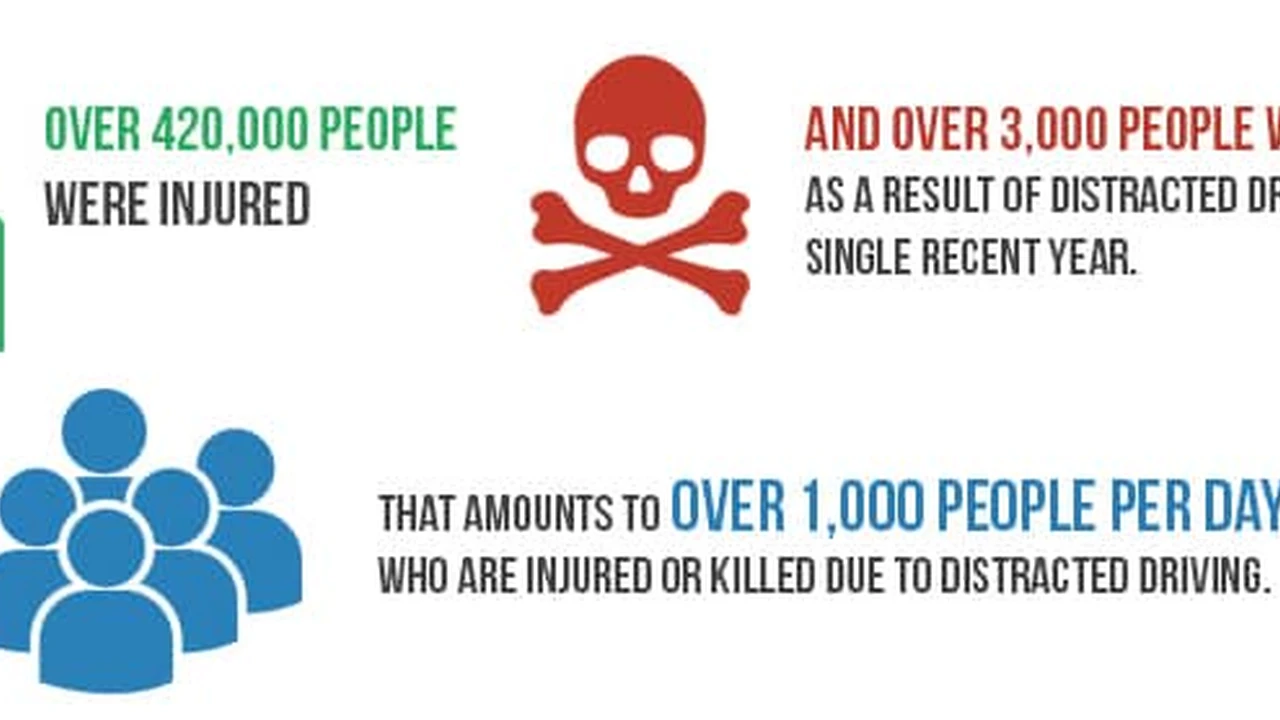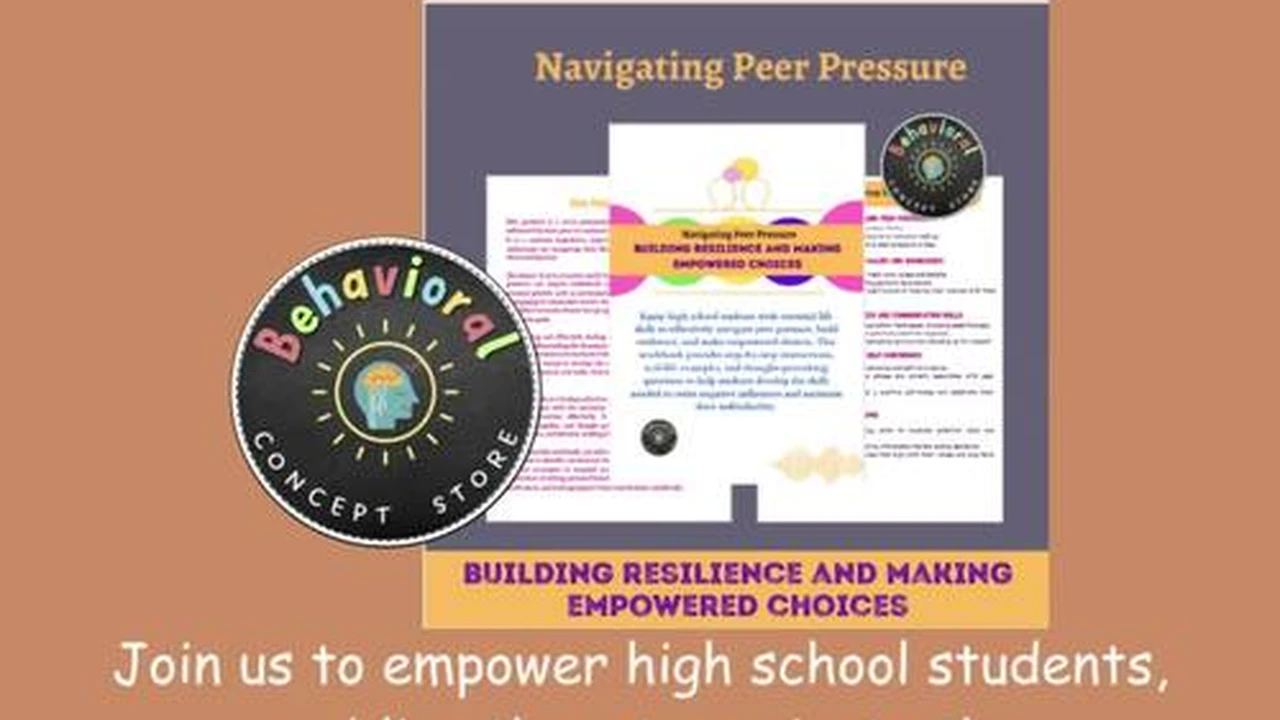Addressing Distracted Driving: A Major Threat

Understanding the Scope of Distracted Driving Among Teen Drivers
Okay, let's talk about something seriously important: distracted driving. We're not just talking about glancing at your phone for a second. We're talking about anything that takes your teen driver's eyes off the road, their hands off the wheel, or their mind off the task of driving. Think about it – texting, eating, fiddling with the radio, chatting with friends in the car, even daydreaming. It all counts. And for teens, who are already less experienced drivers, it's a recipe for disaster. Studies show that teen drivers are significantly more likely to be involved in accidents caused by distracted driving than older, more seasoned drivers. Why? Because their brains are still developing, and they're not as good at multitasking as they think they are (sorry, kids!). Plus, they're often more easily influenced by peer pressure, which can lead to risky behaviors behind the wheel.
The Alarming Statistics on Teen Distracted Driving Accidents
Numbers don't lie, and the statistics surrounding teen distracted driving are downright scary. Each year, thousands of teens are injured or killed in crashes involving distracted driving. In fact, motor vehicle crashes are a leading cause of death for teenagers in the United States. A significant portion of these crashes are directly attributable to distractions. We're talking about a problem that's not just theoretical; it's a real and present danger to our kids. You might think, "My kid would never do that." But the truth is, it's incredibly easy to get distracted, even for a responsible teen. That's why it's so important to have open and honest conversations with your teen about the dangers of distracted driving and to establish clear rules and expectations.
Top Distractions for Teen Drivers and How to Combat Them
So, what are the biggest culprits when it comes to distracting teen drivers? Let's break it down:
Cell Phones and Texting: The Number One Enemy
This is the big one. Texting while driving is like driving with your eyes closed for a few seconds. And those few seconds can be all it takes to cause a crash. Even hands-free calling can be distracting, as it still takes your focus off the road. The solution? Implement a strict "no phone" policy while driving. This means no texting, no calling, no social media, nothing. Consider using apps that block phone usage while the car is in motion. You can also designate a "texter" in the car – someone who's responsible for responding to messages if necessary. Lead by example! Don't use your phone while driving, and let your teen see you practicing safe driving habits.
Passengers: The Peer Pressure Factor
Having friends in the car can be a huge distraction for teen drivers. They might feel pressured to show off, to take risks, or to simply lose focus on driving while chatting and laughing. Limit the number of passengers your teen can have in the car, especially during the first few months of driving. Talk to your teen about the importance of setting boundaries with their friends and of prioritizing safety over peer pressure. Remind them that they're responsible for the safety of everyone in the car.
Music and Entertainment: Finding the Right Balance
While listening to music can make driving more enjoyable, it can also be a distraction if the volume is too loud or if your teen is constantly fiddling with the radio or playlist. Set rules about music volume and encourage your teen to set up their playlist before they start driving. Consider using a streaming service that allows you to create a "driving mode" with limited functionality and larger, easier-to-use controls.
Eating and Drinking: A Messy Situation
Eating and drinking while driving can take your teen's eyes off the road and their hands off the wheel. Encourage your teen to eat before or after driving, rather than trying to multitask behind the wheel. If they must eat or drink while driving, make sure it's something easy to manage and that won't create a mess.
Daydreaming and Inattention: The Mental Game
Sometimes, the biggest distraction is simply a lack of focus. Teens may be tired, stressed, or simply bored, which can lead to daydreaming and inattention behind the wheel. Encourage your teen to get enough sleep, to manage their stress levels, and to take breaks when driving long distances. Remind them to stay focused on the task at hand and to avoid letting their mind wander.
Practical Solutions and Products to Minimize Distracted Driving Risks for Teen Drivers
Alright, let's get into some specific products and solutions that can help minimize distracted driving risks for your teen:
Smartphone Apps for Blocking Distracted Driving
There are a ton of apps designed to prevent phone use while driving. Here are a few worth checking out:
- DriveMode (Android): This app automatically detects when you're driving and silences notifications, blocks calls and texts, and provides a simplified interface for navigation and music. It's free and easy to use.
- Life360 (iOS & Android): While primarily a family safety app, Life360 includes a driver safety feature that monitors driving behavior, including phone usage, speeding, and hard braking. It sends alerts to parents if risky driving behavior is detected. Premium subscription required for some features.
- AT&T DriveMode (iOS & Android): This app silences incoming calls and texts while driving and automatically sends a customizable reply to let people know you're behind the wheel. It's free for AT&T customers.
Usage Scenario: Imagine your teen is driving to school. With DriveMode activated, they won't be tempted by incoming texts or calls. Parents can also use Life360 to monitor their teen's driving habits and provide feedback.
Comparison: DriveMode is a simple and free solution for blocking distractions. Life360 offers more comprehensive features, including location tracking and family communication, but requires a subscription. AT&T DriveMode is a good option for AT&T customers looking for a free distraction-blocking app.
Pricing: DriveMode (Free), Life360 (Free with Premium options starting at $4.17/month), AT&T DriveMode (Free for AT&T customers)
Hands-Free Car Kits for Safer Communication
If your teen needs to make or receive calls while driving, a hands-free car kit is a much safer option than holding a phone. Here are a few recommended options:
- Jabra Drive Bluetooth Speakerphone: This simple and affordable speakerphone clips to your sun visor and allows you to make and receive calls hands-free. It has a long battery life and clear sound quality.
- Anker Roav Viva Alexa-Enabled Car Charger: This device plugs into your car's cigarette lighter and connects to your smartphone via Bluetooth. It allows you to make calls, stream music, and control other smart home devices using voice commands.
- CarPlay/Android Auto Compatible Head Units: Upgrading your car's head unit to one that supports Apple CarPlay or Android Auto provides a seamless and integrated hands-free experience. You can access navigation, music, and communication apps through the car's touchscreen or voice commands.
Usage Scenario: Your teen needs to call you to let you know they're running late. With the Jabra Drive, they can easily make the call without taking their hands off the wheel or their eyes off the road. Using CarPlay, they can navigate using voice commands, keeping their attention focused on driving.
Comparison: The Jabra Drive is a simple and affordable solution for hands-free calling. The Anker Roav Viva offers more features, including voice control and smart home integration. CarPlay/Android Auto provides the most integrated and comprehensive hands-free experience, but requires a more significant investment.
Pricing: Jabra Drive ($30-$40), Anker Roav Viva ($40-$50), CarPlay/Android Auto head units (Starting at $200)
Dashboard Cameras for Monitoring and Accountability
A dashboard camera can be a valuable tool for monitoring your teen's driving behavior and promoting accountability. It can also provide valuable evidence in the event of an accident. Here are a few popular options:
- Vantrue N2 Pro Uber Dual Dash Cam: This dash cam records both the front and interior of the car, providing a comprehensive view of what's happening inside and outside the vehicle.
- Garmin Dash Cam 55: This compact and easy-to-use dash cam records high-quality video and includes features like lane departure warning and forward collision warning.
- Thinkware F200 Pro Dash Cam: This dash cam offers a wide range of features, including parking mode, impact detection, and GPS tracking.
Usage Scenario: You're worried about your teen's driving habits when you're not around. With a dash cam installed, you can review footage to see how they're driving and identify any potential safety concerns. The footage can also be invaluable in the event of an accident to determine fault.
Comparison: The Vantrue N2 Pro provides a comprehensive view of both the interior and exterior of the car. The Garmin Dash Cam 55 is a compact and easy-to-use option with advanced driver assistance features. The Thinkware F200 Pro offers a wide range of features, including parking mode and GPS tracking.
Pricing: Vantrue N2 Pro ($180-$200), Garmin Dash Cam 55 ($150-$180), Thinkware F200 Pro ($120-$150)
Vehicle Monitoring Systems for Comprehensive Driver Analysis
These systems offer a more in-depth look at driving habits, providing data on speed, acceleration, braking, and location. They can be a great way to identify areas where your teen can improve their driving skills.
- Automatic Pro Car Adapter: This adapter plugs into your car's OBD-II port and connects to your smartphone via Bluetooth. It tracks your driving habits, provides insights into your car's performance, and can even help you diagnose engine problems.
- Bouncie GPS Tracker: This tracker provides real-time location tracking, monitors driving behavior, and sends alerts for speeding, hard braking, and other risky driving events.
Usage Scenario: You want to get a better understanding of your teen's driving habits. With the Automatic Pro or Bouncie, you can track their speed, acceleration, braking, and location and identify areas where they can improve their driving skills. You can also set up alerts to be notified if they exceed a certain speed or drive outside of a designated area.
Comparison: The Automatic Pro provides a broader range of features, including vehicle diagnostics and fuel efficiency tracking. The Bouncie is more focused on driver safety and provides real-time location tracking and alerts.
Pricing: Automatic Pro ($129.95), Bouncie ($79.00 + Subscription Fee)
Setting Clear Rules and Expectations for Teen Driving Safety
Beyond products, the most crucial element is establishing clear rules and expectations. Make sure your teen understands the consequences of distracted driving. Set a good example yourself by avoiding distractions while driving. Consider creating a parent-teen driving contract that outlines the rules, expectations, and consequences. This contract can cover topics such as phone usage, passenger limits, curfew, and consequences for violating the rules.
The Importance of Open Communication About Safe Driving Habits
Talk to your teen regularly about safe driving habits. Ask them about their experiences on the road and listen to their concerns. Create an open and supportive environment where they feel comfortable talking to you about any challenges they face while driving. Remind them that you care about their safety and that you want them to be responsible and safe drivers.
:max_bytes(150000):strip_icc()/277019-baked-pork-chops-with-cream-of-mushroom-soup-DDMFS-beauty-4x3-BG-7505-5762b731cf30447d9cbbbbbf387beafa.jpg)






